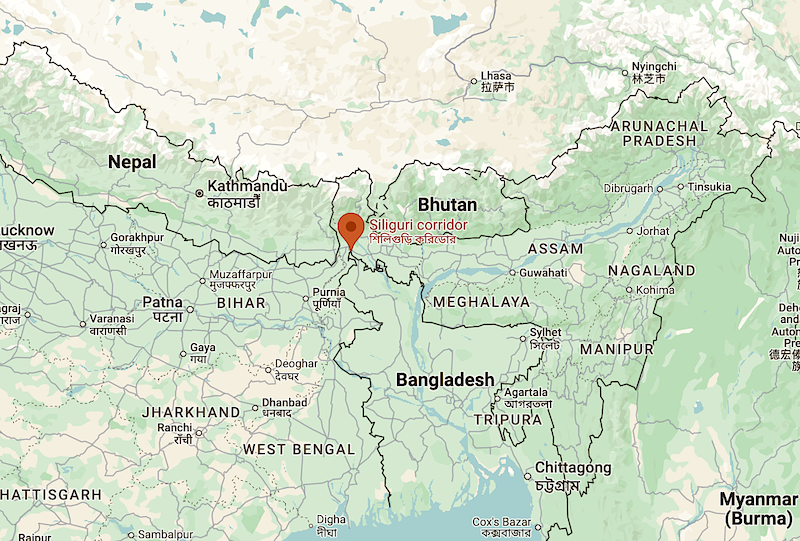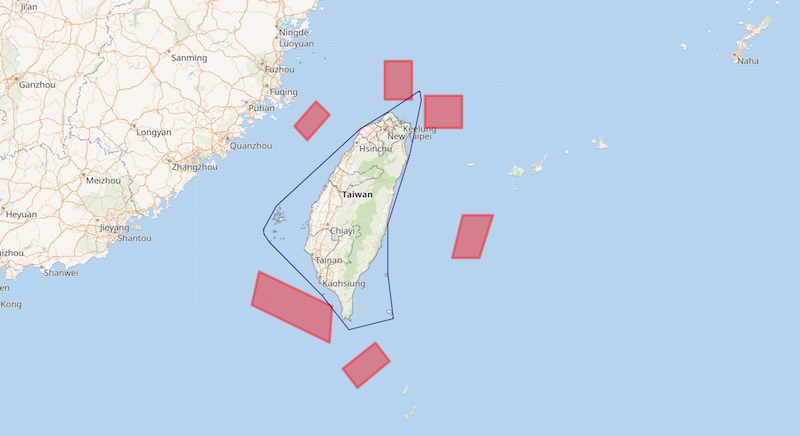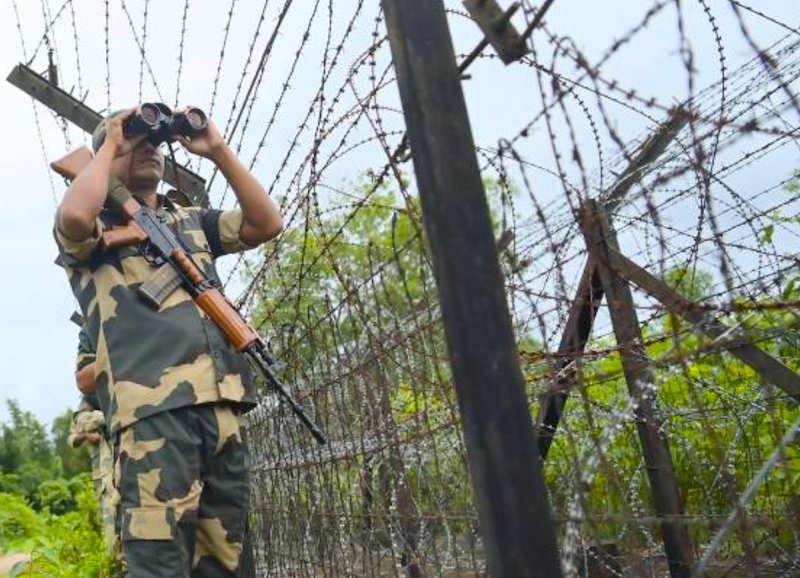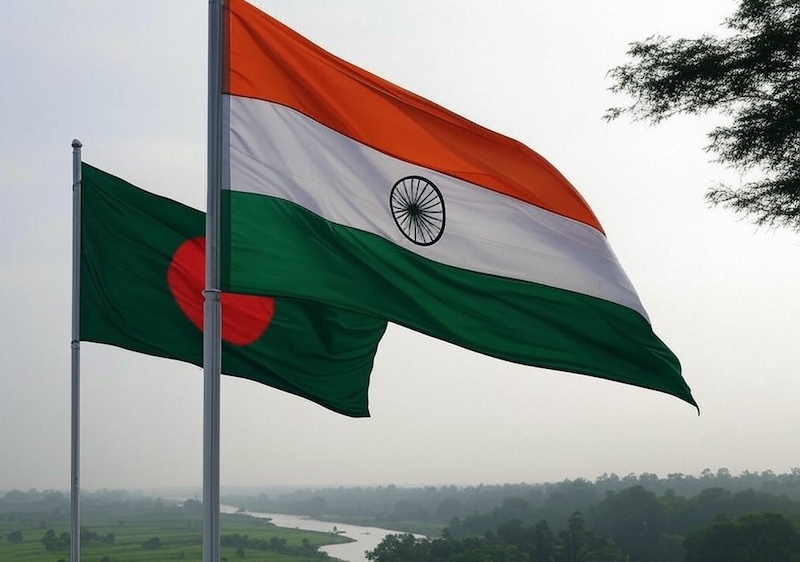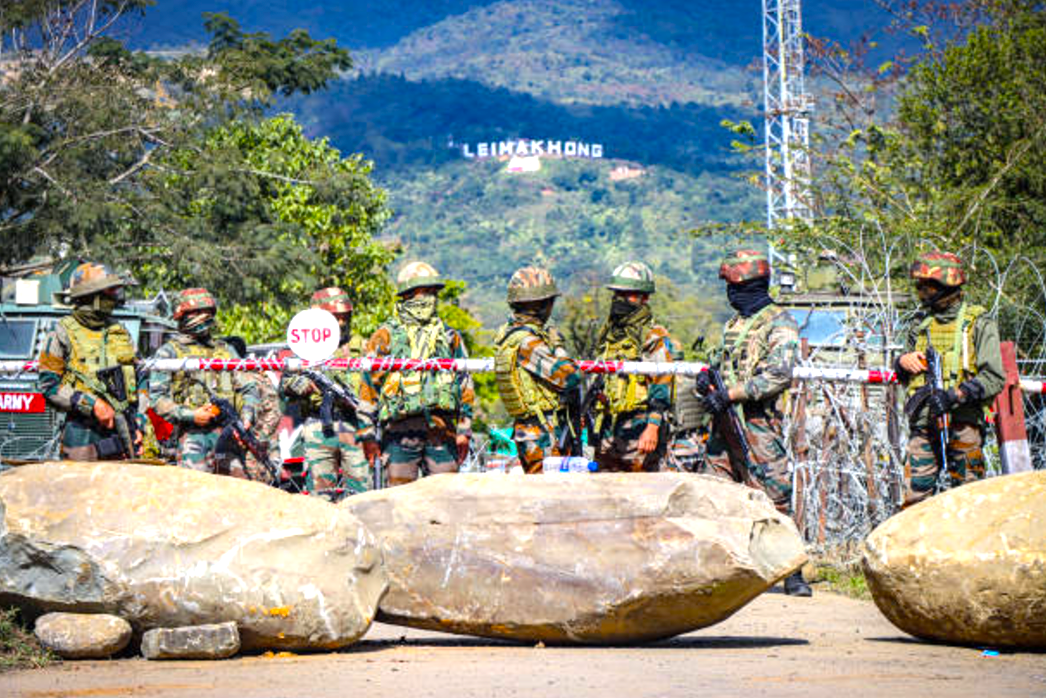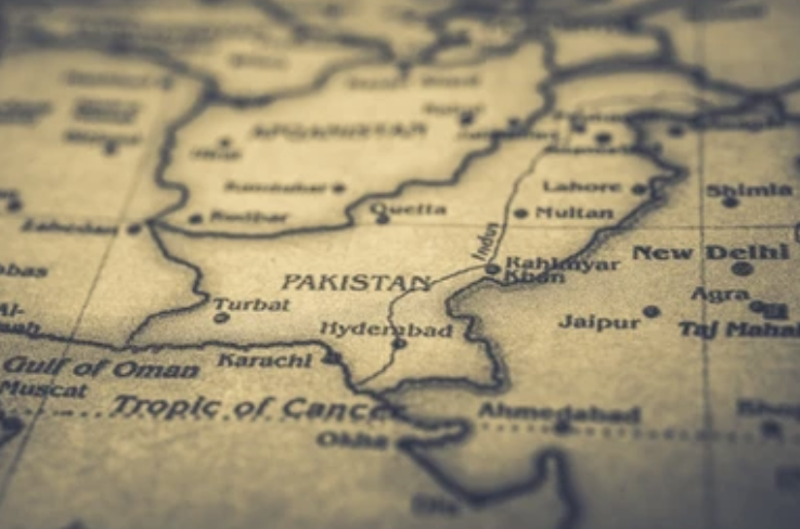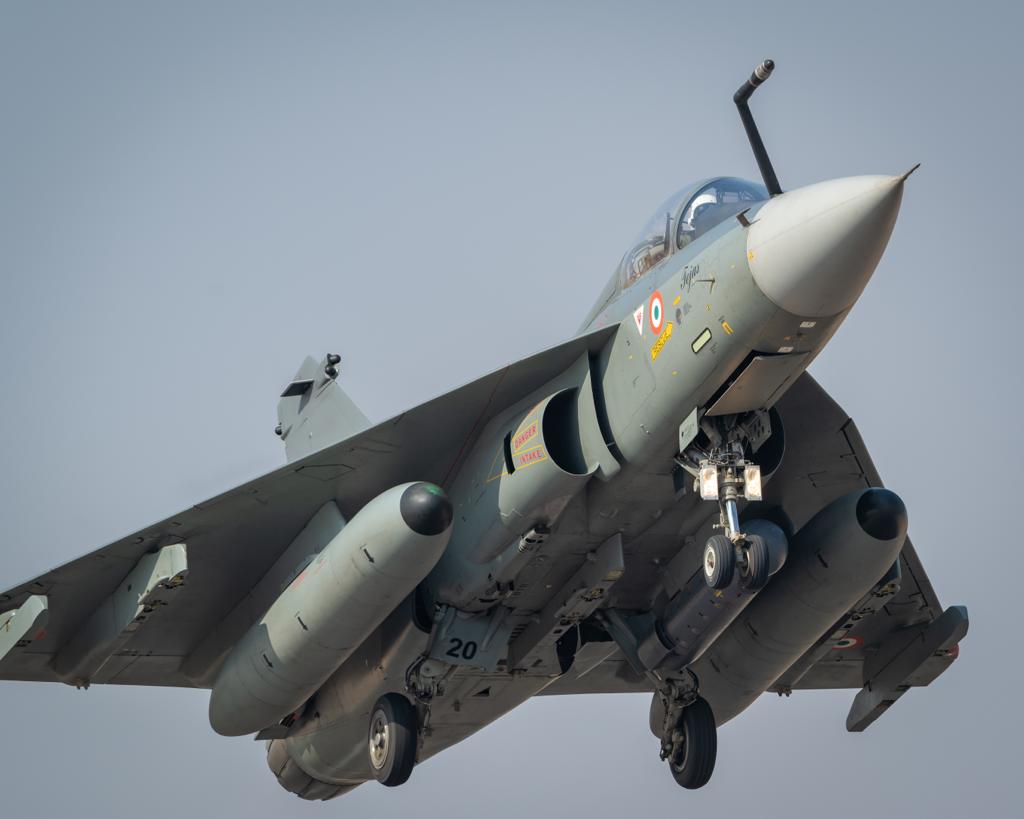 India's home-grown fighter jet project -- LCA Tejas
India's home-grown fighter jet project -- LCA Tejas
In recent years, India has embarked on a journey to modernize its defence forces, aiming to bolster its capabilities in response to evolving geopolitical challenges. This endeavour is marked by significant advancements in technology, strategic partnerships, and extensive procurement plans. This trend is expected to gain pace with continuity in the government.
India has prioritized the integration of cutting-edge technologies, such as artificial intelligence, unmanned systems, and cyber capabilities, into its defence framework. These advancements aim to enhance operational efficiency and effectiveness across all branches of the military.
Let’s take a look at some of the important areas of advancement:
Indigenous Manufacturing: The “Make in India” initiative has gained momentum in defence production, fostering domestic manufacturing capabilities through partnerships with global defence majors and incentivising local innovation. Projects like the Tejas fighter aircraft and Arjun tanks highlight India’s commitment to self-reliance in defence.
Nuclear Capabilities: India continues to strengthen its nuclear deterrence capabilities, focusing on both land- and sea-based delivery systems. The strengthening undersea leg of the nuclear triad with the addition of more Arihant-class ballistic-missile nuclear submarines, as well as longer range missiles to be fired from them, show India's commitment to maintaining a credible nuclear deterrence.
Key Defence Deals and Partnerships
Rafale Fighter Jets: The acquisition of Rafale jets from France has been a cornerstone of India’s air defence strategy, enhancing its aerial combat capabilities significantly.
India and France have commenced negotiations for 26 Rafale (Marine), or Rafale (M), fighter jets. On completion of which the Rafale (M) deal will see the Indian Navy operate these aircraft from its two aircraft carriers- INS Vikrant and INS Vikramaditya.
S-400 Air Defence System: India’s procurement of the S-400 Triumf missile defence system from Russia represents a crucial step in bolstering its air defence capabilities against evolving regional threats. India has already received three squadrons of the S-400 missile systems and will receive the last two S-400 missile squadrons from Russia by 2026
Naval Modernization: The Indian Navy’s modernization efforts include the induction of advanced submarines, surface vessels, and another Vikrant-like aircraft carrier. Deal for procurement of six advanced conventional submarines is in advanced stages under P-75I while India has also initiated talks with Naval Group of France for acquiring three additional Scorpene-class submarines.
Future Projects: India’s defence pipeline includes upcoming deals for advanced fighter jets, naval helicopters, and artillery systems.
The Cabinet Committee on Security has already approved several major defence deals to strengthen the armed forces. Hindustan Aeronautics Limited (HAL) will upgrade Su-30MKI fighter jets, incorporating new radars, mission control systems, and weapon systems. The Indian Navy will acquire over 220 extended-range BrahMos supersonic cruise missiles. Additionally, a licence manufacture of GE-414 engines in India is in the pipeline which will power the LCA-MK2 fighters meanwhile Larsen & Toubro (L&T) will produce high-powered radars and air-defence guns. These investments aim to enhance defence capabilities and promote self-reliance in defence manufacturing.
Cyber and Space Domains: In a first the chief of defence staff, General Anil Chauhan, released India’s first joint doctrine for cyberspace operations, acknowledging that cyberspace has emerged as a crucial and challenging domain in modern warfare.
With the emergence of cyberwarfare and space capabilities, India is actively enhancing its defensive and offensive capabilities in these domains to safeguard national interests.
As upcoming deals materialize and indigenous innovation flourishes, India’s journey towards self-reliance and strategic autonomy in defence remains a focal point of its national security strategy.
Disclaimer: The views expressed in the article are the author’s own and don’t necessarily reflect the views of India Sentinels.
Follow us on social media for quick updates, new photos, videos, and more.
Twitter: https://twitter.com/indiasentinels
Facebook: https://facebook.com/indiasentinels
Instagram: https://instagram.com/indiasentinels
YouTube: https://youtube.com/indiasentinels



